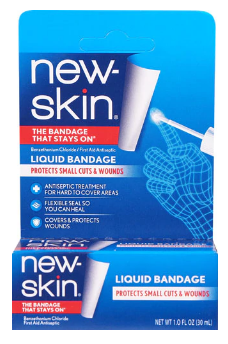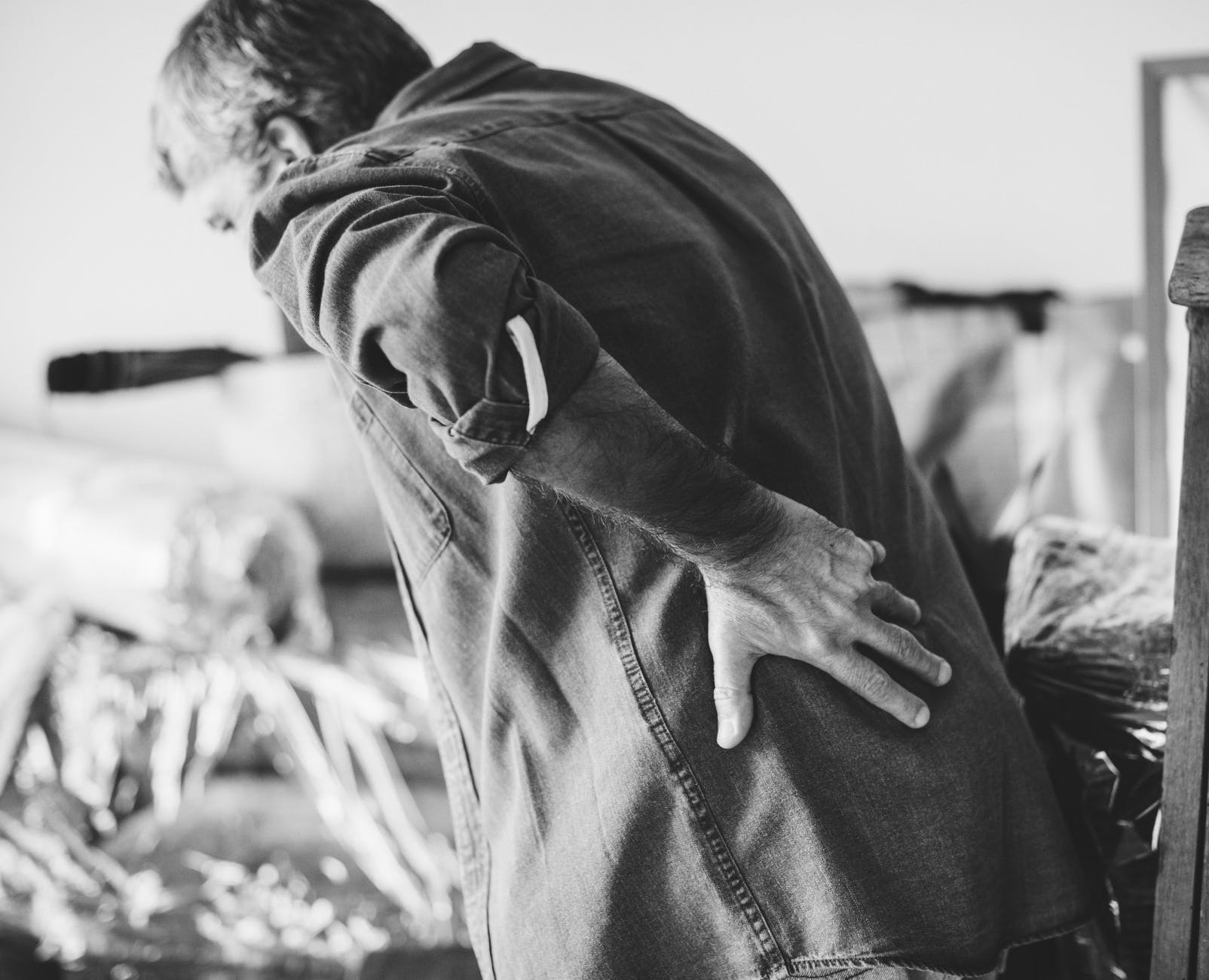 Winter arrived with a bad attitude across Illinois shortly into January. It had been a mild winter through November and December.
Winter arrived with a bad attitude across Illinois shortly into January. It had been a mild winter through November and December.
We’re now getting those extremes of snow, white-outs, rain, ice, sleet, etc. Like it just can’t be cold and snowy, it has to be more mean spirited and keep us guessing.
For me, of course, means my morning runs are just a bit more complicated to dress for and route-adjust.
Today was sleet, but I think more rain than a snow mix which was way better than yesterday. There was ice on everything yesterday morning. It was so sorry out there that I actually had to cut my run short to 6.5 miles because I just couldn’t get traction plus the risks of falling and injury increased with each mile. I had an all-time worst 11:15 mile, would that be a personal-worst (PW)?
While I still had to be a bit reserved and cautious for hidden slick spots, I was able to get higher than 8 miles in at a 9:15 pace. Be thankful for the little things!
Interference comes not only the weather though, but there has also been a lot of sick people around which has impacted my airways too. I know many folks won’t exercise while dealing with cold-like symptoms and I’m not all that enthusiastic about it, but, I’m already feeling crumby, so I might as well work out too.
What I find interesting about running with a cold is that once I get to my running temperature and anaerobic state (usually about the 1-mile mark), I rarely have any airway restrictions and it even helps loosen some of the ‘gunk.’ I may go back to feeling puny later in the day, but I love how my run can provide its own form of medicine.

 The first significant snow of the season began overnight. In town, there were about 2-3 inches when I started the morning run. We knew it was coming so I knew I’d have to be mentally prepared for the conditions.
The first significant snow of the season began overnight. In town, there were about 2-3 inches when I started the morning run. We knew it was coming so I knew I’d have to be mentally prepared for the conditions.
 With my best efforts to maintain and/or revitalize the skin, I still have the occasional skin-split around a fingernail (cracked fingertips). If you’ve ever had these, you know how much they can hurt and impede ordinary tasks!
With my best efforts to maintain and/or revitalize the skin, I still have the occasional skin-split around a fingernail (cracked fingertips). If you’ve ever had these, you know how much they can hurt and impede ordinary tasks!